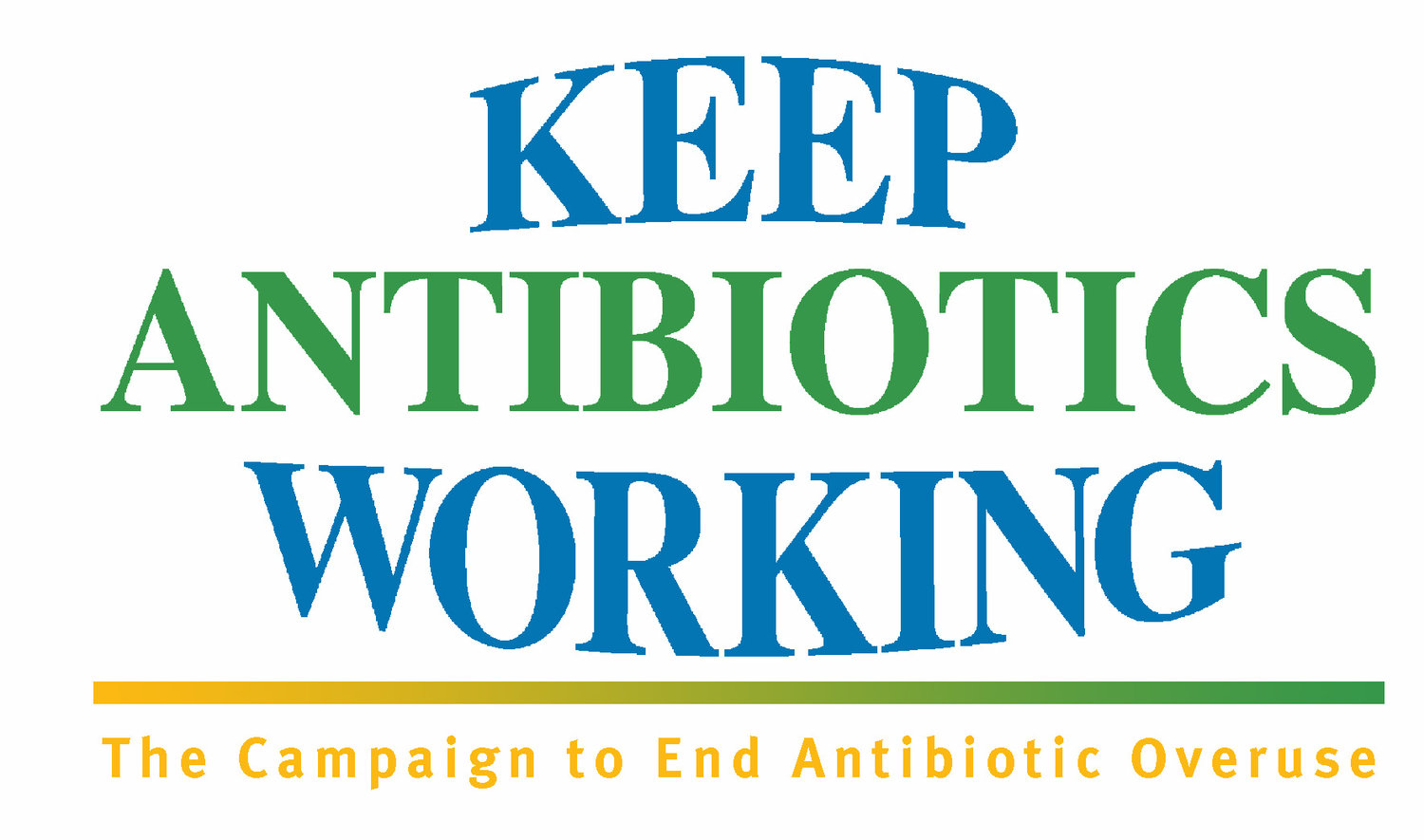The latest U.S. National Action Plan to Combat Antibiotic-Resistant Bacteria Fails to Address the Overuse of Antibiotics on Farms.
MADELEINE KLEVEN , FOOD SAFETY PROGRAM ASSOCIATE, FOOD ANIMAL CONCERNS TRUST
So far, the U.S. response to the deadly global pandemic of drug-resistant superbugs has been flawed and feeble. This is illustrated in a recent update to the National Action Plan (NAP) to combat ‘superbug’ bacteria which covers the years 2021 to 2025. The plan does not include actions needed to reduce the tremendous overuse of critical antibiotics on farms and feedlots. This overuse of antibiotics continues to drive development of resistance by placing selective pressure on bacteria and in turn favoring the emergence of deadly drug-resistant strains. Despite goals of the Federal Task Force on Combating Antibiotic-Resistant Bacteria to “improve antibiotic use and reporting” and “enhance efforts to slow the emergence and spread of resistance,” their National Action Plan and coordinated strategy falls extremely short.
To address the threat of antibiotic resistance and improve the Nation’s approach to this threat, two key actions must be implemented:
Establish firm goals and enforce accountability, including specific antibiotic reduction targets and strategies to address both inappropriate preventive uses and unlimited durations of use.
Significantly improve surveillance methods and data collection strategies to monitor and track antibiotic use on farms and feedlots.
Establish firm goals and enforce accountability
In a recent Op-ed in Nature, David Wallinga highlighted two key interventions the US can implement to curb antibiotic overuse. First, setting ambitious public targets to reduce antibiotic use, and second, phasing out preventive use entirely.
Target setting is a key part of addressing public health concerns and establishing accountability for broader goals. Regardless of the strength of the goals, they become inconsequential without proper tracking and implementation. Many of our European counterparts, including the United Kingdom, Denmark, and the Netherlands have successfully implemented ambitious reduction targets for the use of antibiotics in agricultural settings. The UK’s latest National Action Plan for the years 2019-2024, for example, sets a target of reducing antibiotic use in food-producing animals by 25% between 2016 and 2020, and subsequently setting new goals for 2025 by the next year ( 2021). The U.S. has set goals related to antibiotic use in humans but has not done so for farms.
We recommend the United States establish a specific target to reduce the use of medically important antibiotics on farms by 25% by the year 2025.
In order to get to a 25% reduction in antibiotic use, FDA should prohibit the routine use of antibiotics for disease prevention and require that antibiotics only be used for a short duration when needed to treat sick animals. Many farm antibiotics are administered on a routine basis through feed or water to entire herds of cattle or pigs, whether or not the animals are sick. In addition, FDA rules allow about a third of these drugs to be fed for the whole lifespan of the animals. This means most animals on farms or feedlots receive antibiotics for a substantial portion of their lives, which promotes ideal conditions in which superbugs can develop and spread. Rather than routinely feeding antibiotics to animals, farmers in food production facilities should take steps to improve hygiene, wean animals later or provide cattle healthier diets to prevent disease.
We recommend that FDA and food companies prohibit the use of antibiotics in animals that are not sick or injured and limit the duration of use of medically important antibiotics to 21 days or less.
Improve surveillance methods and data collection strategies on farm
Antibiotic overuse is the primary driver in the development of antibiotic resistant superbugs, so stopping the spread of these deadly pathogens requires data on how and why antibiotics are used. These data are needed to track trends, refine priorities, and develop intervention strategies to reduce inappropriate antibiotic use. Unfortunately, there is no systematic program in place to collect and report these data and the NAP does not include a goal to create this system. Instead, it refers only to improving existing splintered and inadequate data sources currently in place. Use data should be collected and then analyzed using methods which contextualize use and sales data, such as the application of a biomass adjustment based on animal population estimates in order to generate an essential representation of antibiotic utilization in animal agriculture in the United States.
We recommend that FDA work with USDA to create a program that collects, analyzes, and reports comprehensive and representative data on the amounts of antibiotics used in food production and the reason for which these antibiotics are used.
Though the current National Action Plan falls short, federal agencies are more than capable of filling the gaps described above and implementing the necessary strategies to reduce the threat of antibiotic resistance in the US.
